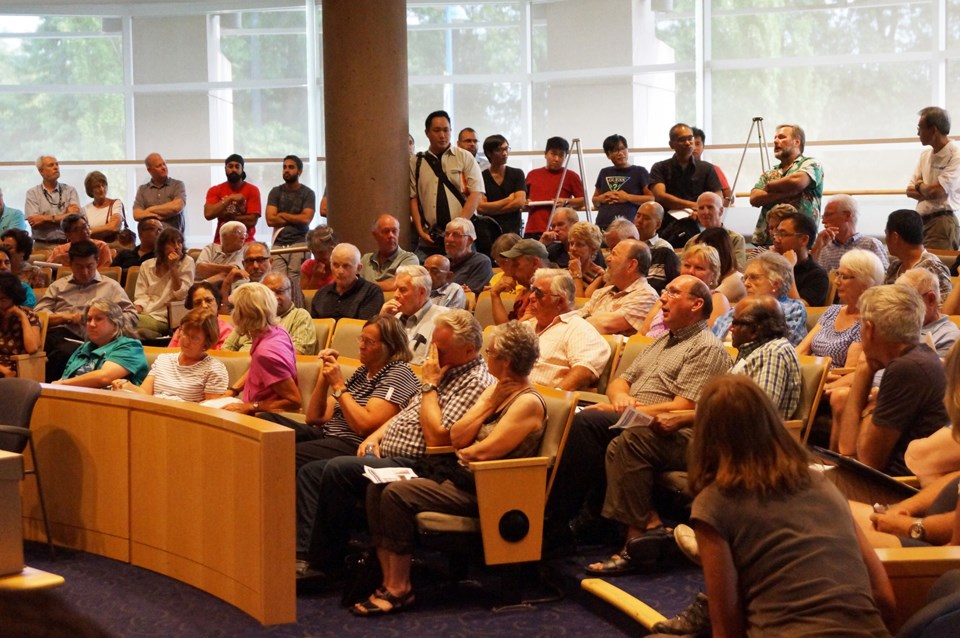Dear Editor,
I have little patience with the simple-minded proposition that those who object to the proliferation of mega-houses in our community are motivated by some kind of jealousy of wealth. Such claims invariably come from those who are entirely uneducated about even the most basic principles involved in informed community planning, especially as regards those which are concerned with the ways in which architectural design and town-planning (or lack of it) affect the social and cultural dimensions of neighbourhoods and communities.
In the first instance, houses should be designed and built to satisfy the basic criteria of benefiting everyone on the street, -they should promote social interaction between neighbours and help in supporting or establishing a sense of belonging to a community sharing common values and priorities.
The mega-houses taking over our residential neighbourhoods, most of which remain unoccupied or are used as hotels with transient residents, are built for entirely opposite functions. They promote isolation between neighbours (when there are any), and therefore represent a total lack of interest in or commitment to making a contribution to the greater social and cultural aspects of the communities they are placed in.
In the second instance these mega-houses are entirely out of place because their scale and architectural styles are more appropriate to much larger properties or urban settings. Any architect, urban planner, or sociologist will confirm that any given house, no matter what its style or scale, can be placed in either compatible and appropriate or incompatible and inappropriate contexts or surroundings.
Buildings (houses) are not just structures. They are physical embodiments of our values and priorities, and as such they make a clear statement about what a community’s cultural and social heart and soul might be. The most welcoming, interactive, inviting, and inclusive neighbourhoods are invariably those in which governing bodies, developers, designers, and concerned citizens all work closely together to ensure new houses and developments are designed in a way that not only makes them appropriate to their general surroundings, but complements and enhances our senses of place and community rather than compromising or destroying them. To say that such collaborative processes are not occurring in the development of Richmond’s residential neighbourhoods would be an understatement.
If each new house does not demonstrate a commitment to being socially and environmentally responsible to its neighbourhood and its inhabitants then there is no “neighbourhood” per se, only a collection of isolated, unrelated, individual edifices which represent the antithesis of what our species has come to celebrate as “community.”
Jealous of wealth? Hardly! Offended and outraged by bad design and planning and by ignorance and greed? Most definitely!
Ray Arnold



